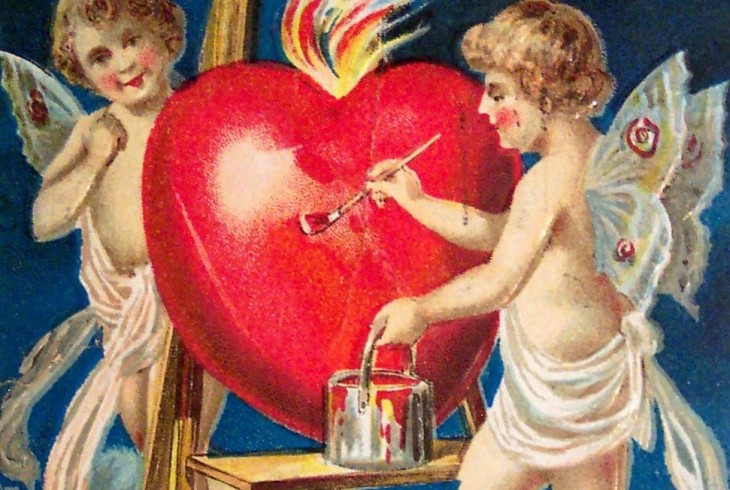We’ve all got that friend who will tell anybody who listens how much they hate St. Valentine’s Day, pontificating about how it’s a perverse commodification of the noble art of love. But whilst some aspects of the annual celebration of love on February 14th might grind our gears - we’re looking at you, rampant consumerism - with all due respect we think the cynics have got this one wrong.
St. Valentine’s Day has a long and fascinating history that encompasses ancient sex rituals, tall tales of matchmaking priests and virtuoso medieval poets. Who could resist such an amorous cocktail? So forget about the cloying excesses of the Hallmark holiday, and learn about the true origins of Saint Valentine’s Day with us! And who knows - you might just find yourself following in the saint's footsteps on your next trip to Rome.
Ancient Fertility Rituals during the Lupercalia
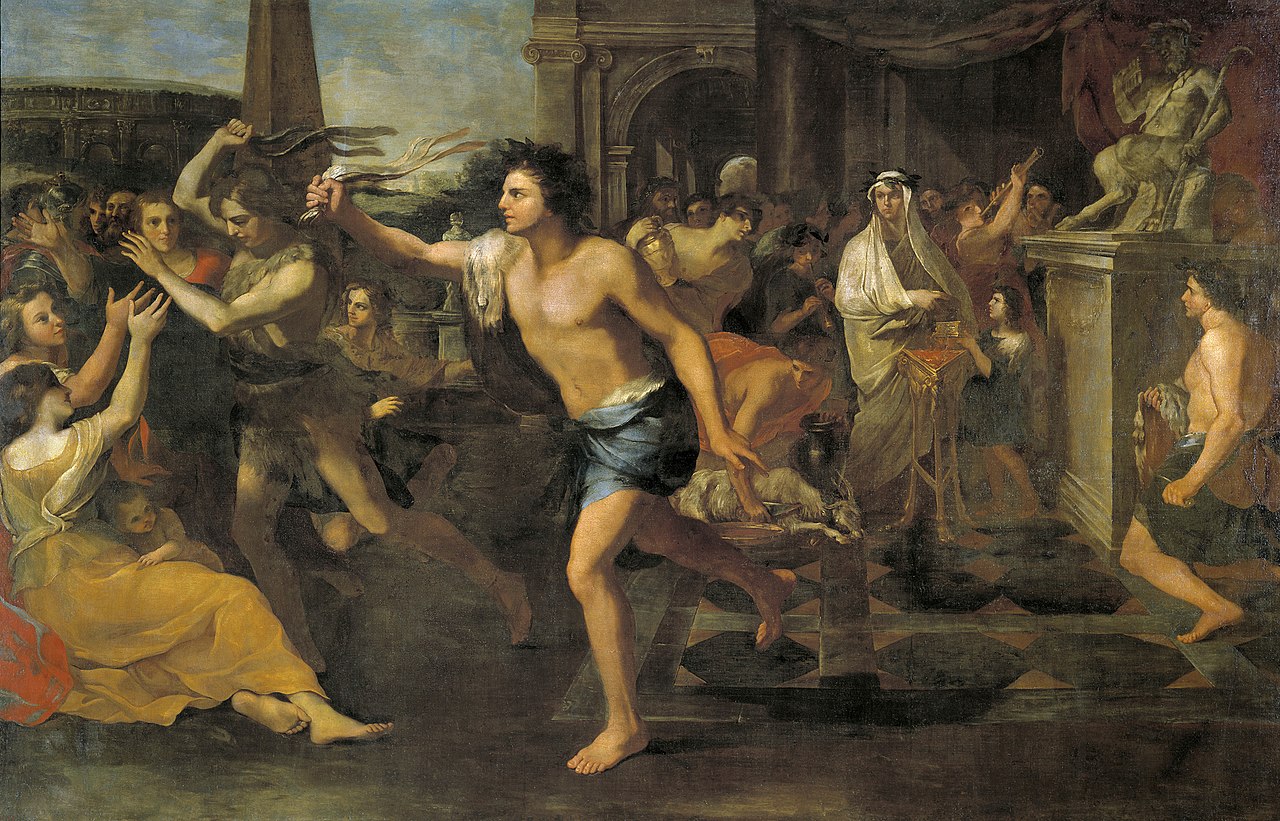
According to one long-standing tradition, it all started in ancient Rome. The annual celebration dedicated to the divinity Lupercus was Rome’s most august and popular fertility festival, and took place between the 13th and 15th of February. Lupercus was the god of shepherds and fertility, and his cult was managed by a priesthood known as the luperci, or ‘brothers of the wolf.’
The rituals of Lupercalia were unique and sometimes quite bizarre, beginning with a sacrifice of goats and dogs by the luperci, and concluding with the so-called luperci run, in which young men, clad only in goatskins, would run through the streets of Rome striking bystanders with strips of goat hide called februa. It was believed to be a good luck omen for women to be struck by the februa, promoting fertility and ensuring their ability to conceive, or if they were already pregnant safeguarding the health of their unborn infants. Referencing this tradition, Shakespeare’s play Julius Caesar opens during the Lupercalia festival, and Casar instructs Mark Antony to strike his wife Calpurnia to aid their chances of conception.

With the rise of Christianity to the de-facto religion of state in the wake of Constantine’s conversion to the upstart faith in the 4th century, the long-standing pagan festivals and customs that had held sway for so many centuries in the Roman empire gradually began to be looked on with suspicion. In the year 391, all non-Christian festivals were banned in the Roman Empire. But the Christian hierarchy couldn’t simply wish away the existence of such ancient observances, and the Lupercalia continued to be celebrated in Rome.
One Christian leader who was particularly frustrated at the continuing observance of the pagan rites was Pope Gelasius I, who saw the Lupercal festivities as promoting ‘general immorality and licentiousness.’ According to a long-standing historical hypothesis dating back to the 1500s, Gelasius successfully suppressed the festival by transforming it into a feast more appropriate for Christian worship. According to some sources Lupercalia morphed into the Feast of the Purification of the Virgin Mary, or Candlemas, on February 2nd.
Others, however, make the link between Lupercalia and the Christian feast that came to be celebrated on the same day as the ancient festival: St. Valentine’s Day. Although the celebration of Valentine on February 14th began at around the same time as the suppression of Lupercalia, however, modern scholars reject the earlier theory of a causal link between the two events. To discover the connection between Valentine’s Day and love, therefore, we have to fast-forward a few centuries. But first, who was this Valentine?
Who was St. Valentine?

Considering that he is one of the most famous Christian saints of all thanks to his association with the annual day of love, it is perhaps surprising how little we know about Saint Valentine. There are at least two martyrs named Valentine who are mentioned in early Christian hagiographies, and it's possible that their stories have become conflated over time. The first Valentine was a Roman priest during the third century AD who was martyred on February 14, 269 AD on the Via Flaminia for his unwillingness to worship pagan idols under the emperor Cladius II.
Another candidate for the identity of St. Valentine is a bishop from the Umbrian town of Terni, who was also believed to have been martyred on the Via Flaminia on February 14 in the same year as his namesake. The hagiographic similarities between the saints’ lives have led many scholars to believe the two Valentines were one and the same. At the very least, the lives of the two Valentines became conflated in the public imagination over the centuries.
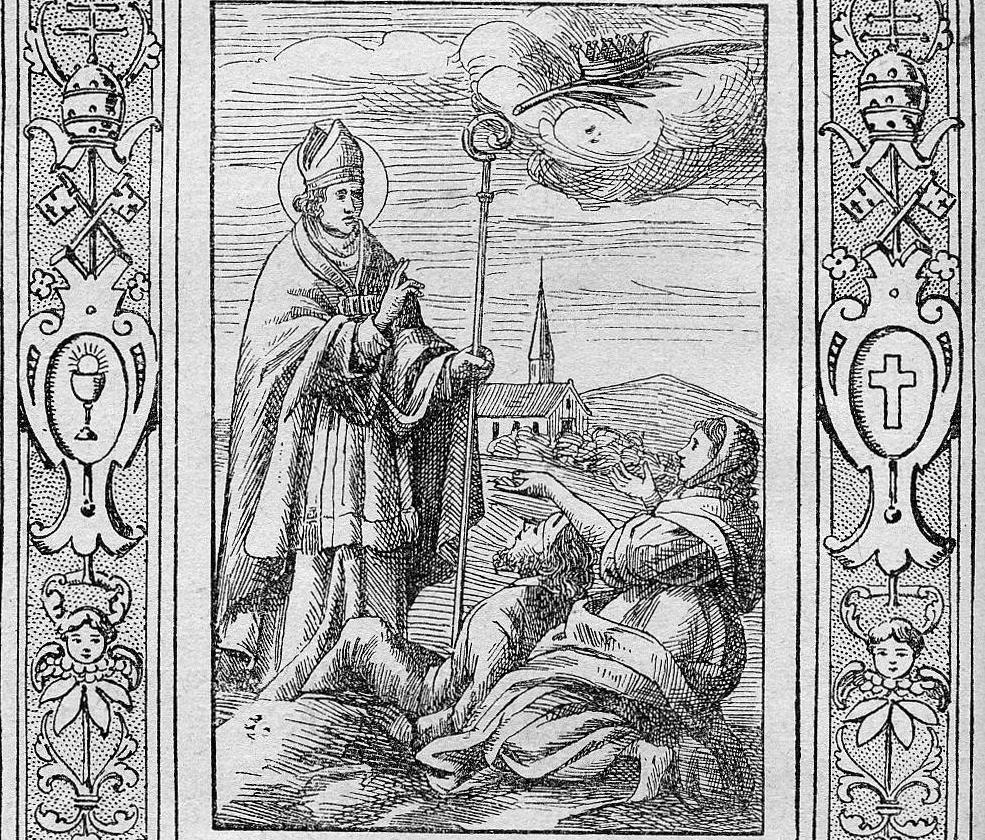
Few romantic anecdotes are to be found about either Valentine in the early sources, which tend to be rather generic. In fact, Valentine was the patron saint of epileptics and beekeepers long before he became the guardian of earthly amor. Later embellishments to Valentine’s hagiography have sought to forge a tenuous link, however: according to one tradition, Valentine defied an Imperial ban on marriage amongst the soldiering classes, and was martyred for his continuing willingness to wed young Roman couples.
In some tellings of the tale, the doomed saint fell in love with the daughter of a Roman judge whom he had miraculously cured of blindness as proof of the legitimacy of his faith. The story goes that whilst awaiting execution in prison, the saint sent his beloved a note signed ‘from your Valentine.’
Needless to say, historians give short shrift to these later hagiographic accretions.
When did St. Valentine’s Day become associated with love?
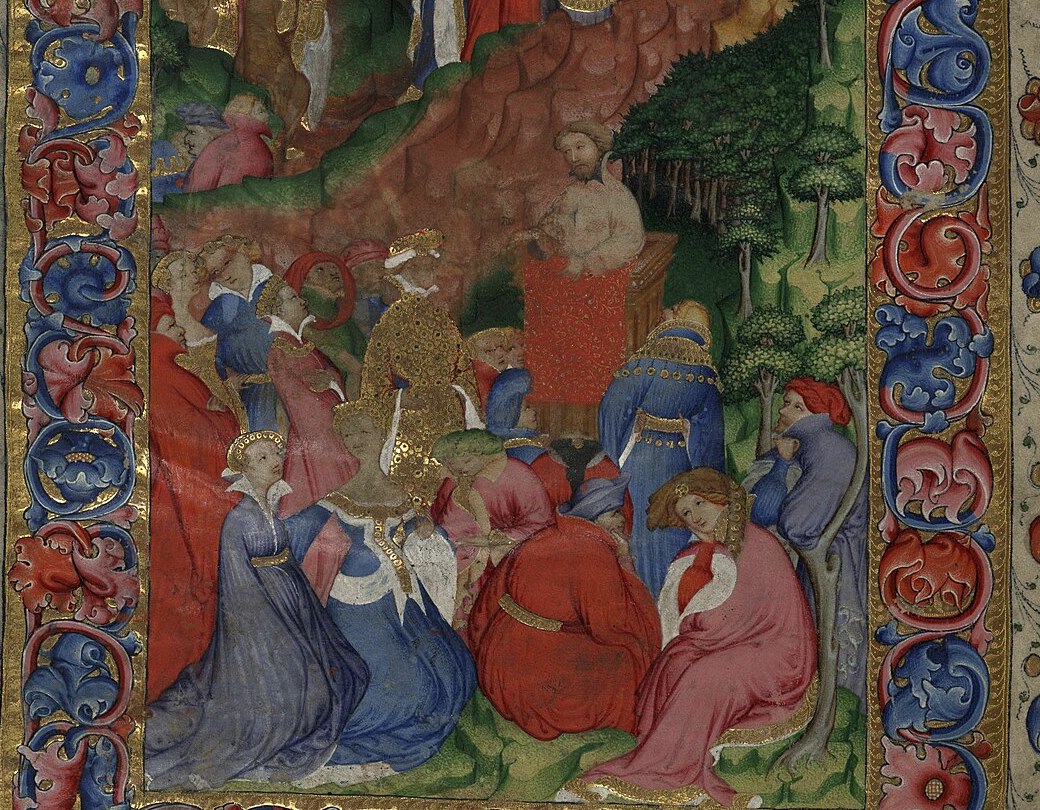
Whilst we don’t know exactly when St. Valentine’s feast day first came to be explicitly associated with the happenings of romantic love, the great English poet Geoffrey Chaucer was certainly instrumental in fixing the image of Valentine as a sacred matchmaker in the popular imagination in his 14th-century poem “Parliament of Fowls.” In the text, Chaucer describes how birds would choose their mates on Valentine’s feast day: "For this was sent on Seynt Valentyne's day / Whan every foul cometh ther to choose his mate."
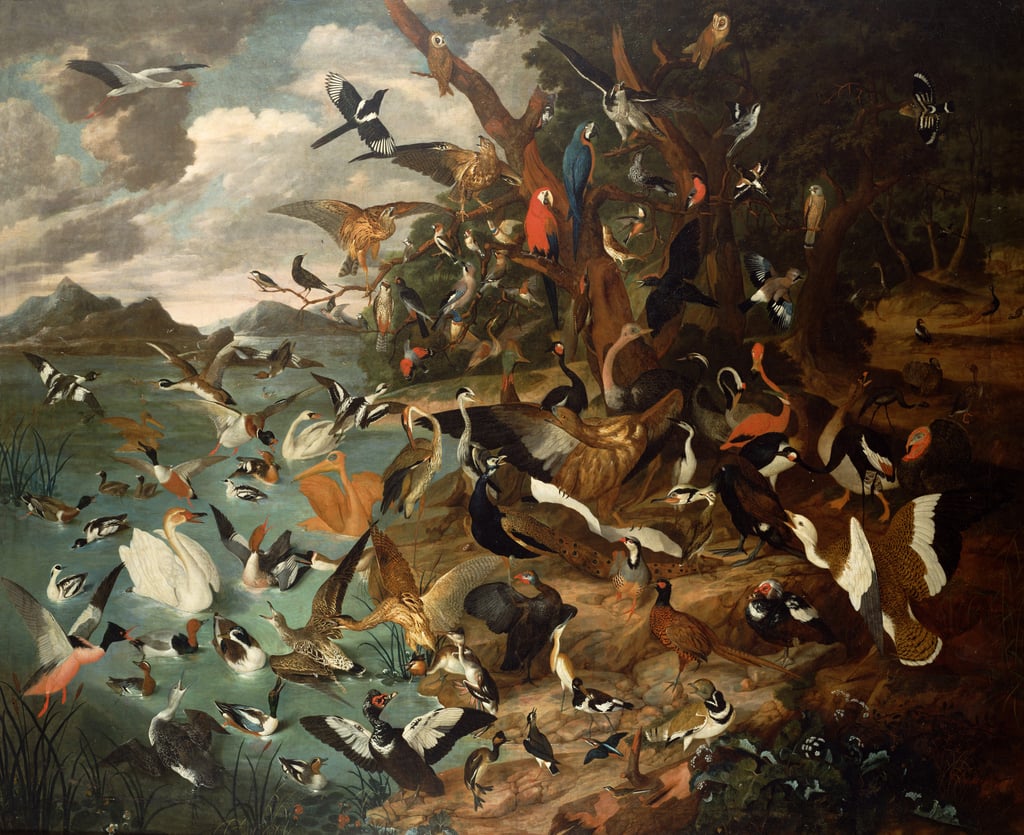
Chaucer’s influence on his contemporaries was such that other writers soon embellished the link between St. Valentine’s Day and the expressions of love. John Gower, for example, takes up the theme, describing Valentine as ‘greater than any emperor’ and holding an assembly of love each February 14th.
By the time Shakespeare referenced St. Valentine’s Day as a day for lovers in A Midsummer Night’s Dream and Hamlet two centuries later, it had become customary for loved-up couples and lovelorn romantics to exchange love notes and tokens of affection on February 14th.
Are there sites associated with St. Valentine in Rome?

Supposed relics of Saint Valentine are spread far and wide across Europe. Amongst the most important is the saint’s heart, which according to tradition is conserved in the Whitefriar Street Carmelite Church in Dublin Ireland, a 19th-century gift from Pope Gregory XVI to the charismatic Irish preacher John Spratt. For those of you visiting Rome this Valentine’s Day, however, a trip to the medieval church of Santa Maria in Cosmedin is de rigueur.
Santa Maria in Cosmedin is on most tourist itineraries to the Eternal City thanks to the glaring ancient mask known as the Mouth of Truth located in the basilica’s narthex, but far fewer visitors enter the church itself. The beautiful interior features lovely cosmatesque floors and, in a side altar on the left side of the church, the skull of St. Valentine conserved in a special reliquary and crowned with a wreath of flowers. Be sure to seek it out on a tour of Rome. Happy St. Valentine’s Day!
We hope you enjoyed our deep dive into the fascinating story of St. Valentine's Day! Through Eternity Tours offer award-winning Rome tours. From the jaw-dropping highlights of the Vatican Museums and the Colosseum to off-the-beaten-path gems that only locals know, join our small-group and private tours of Rome to discover the Eternal City at its best.
